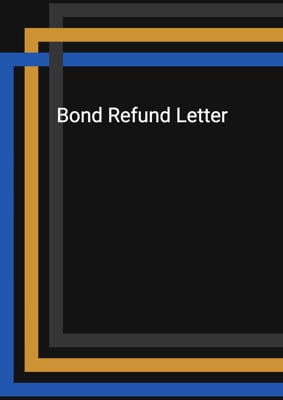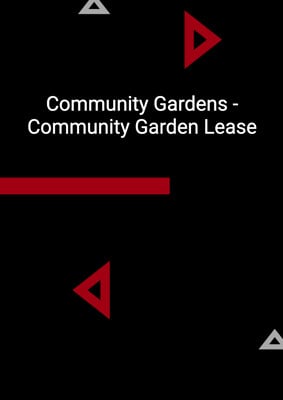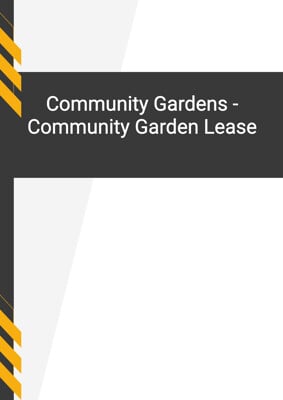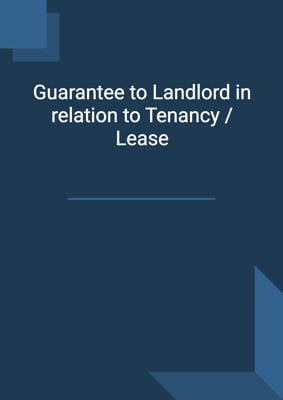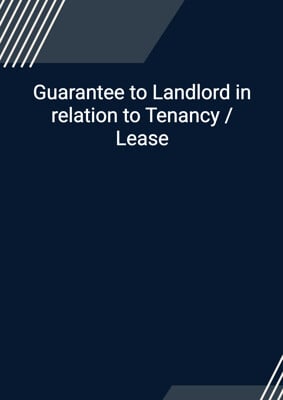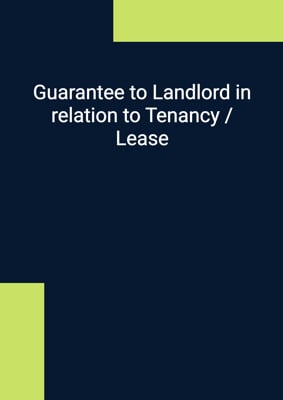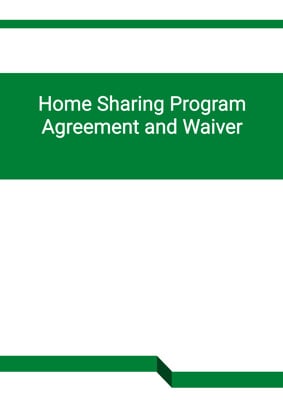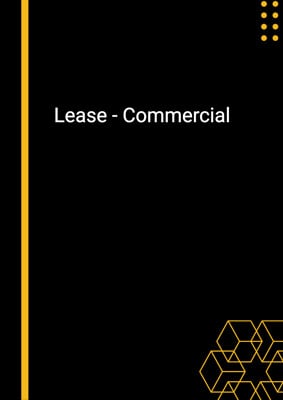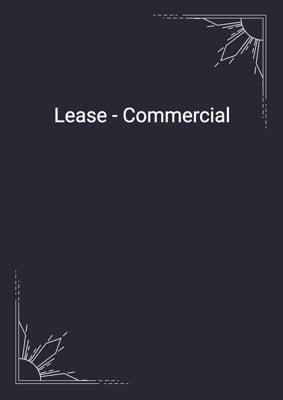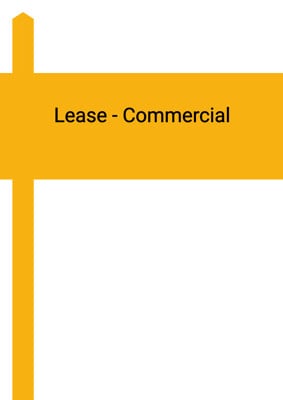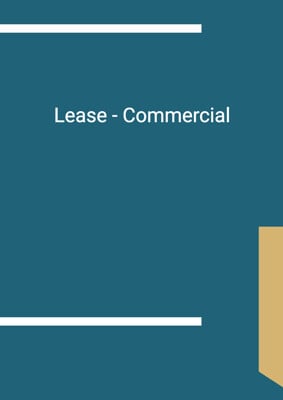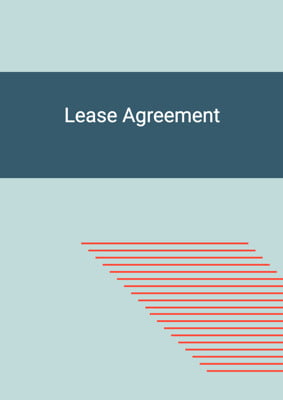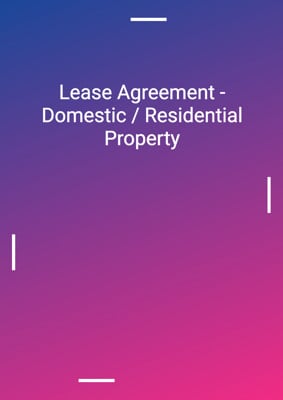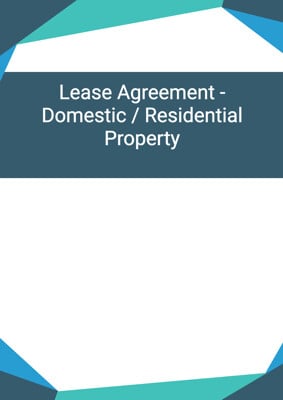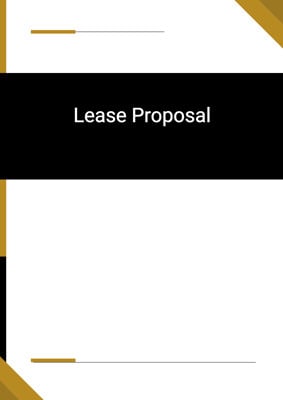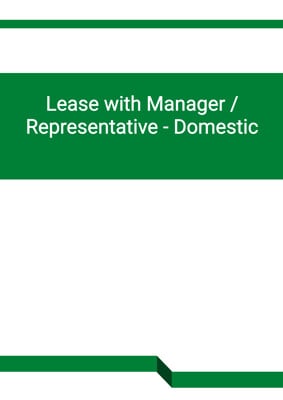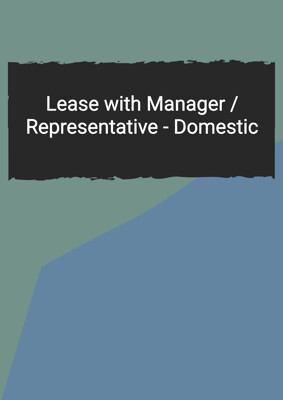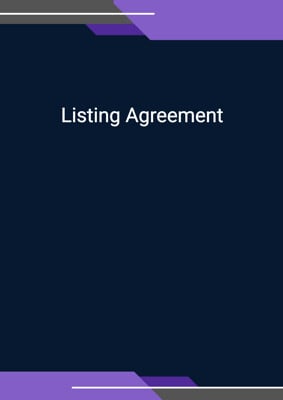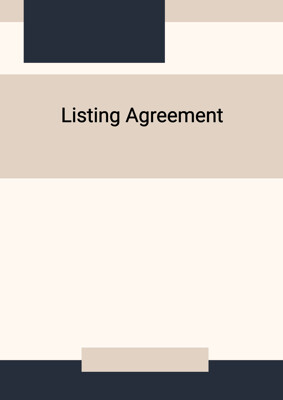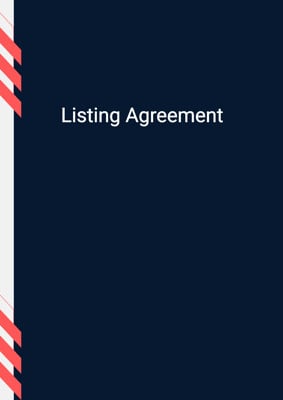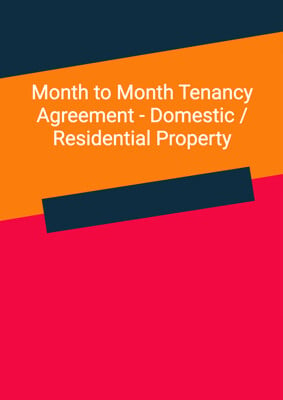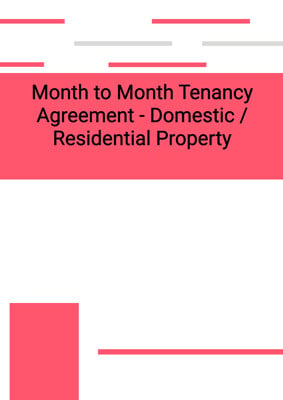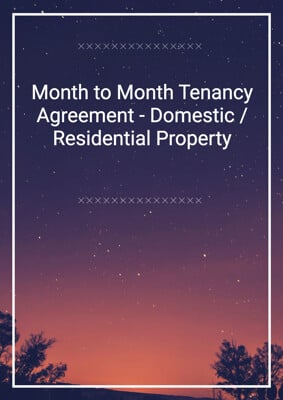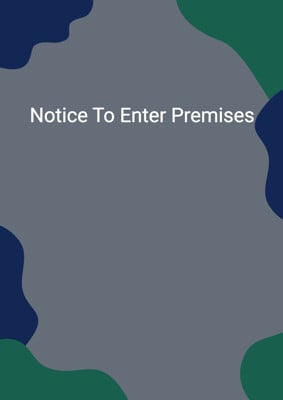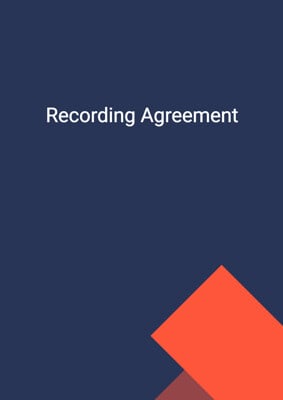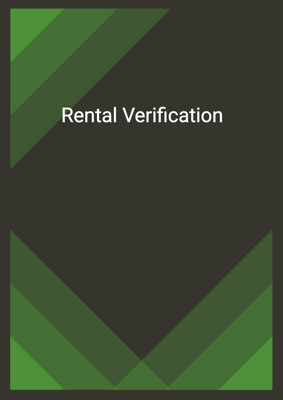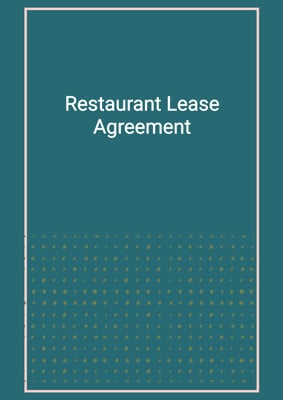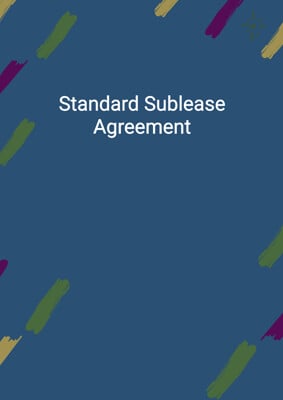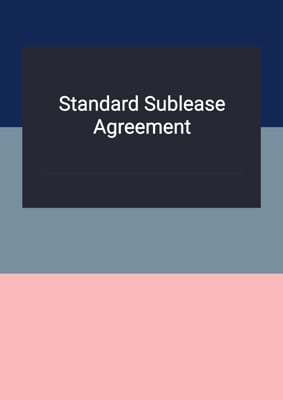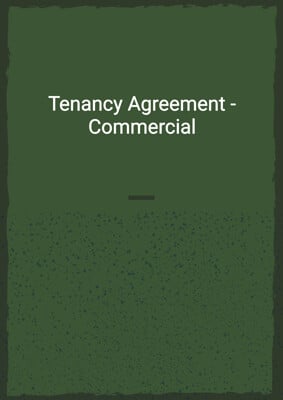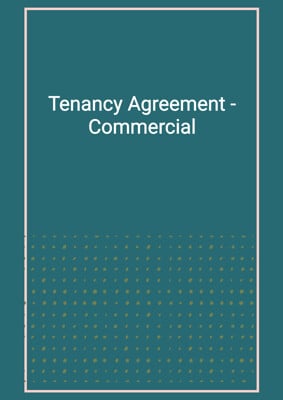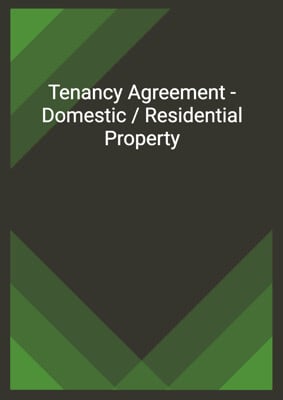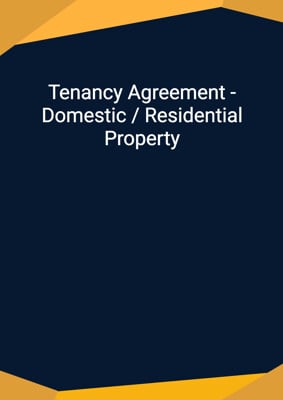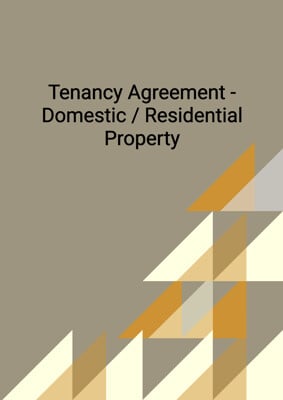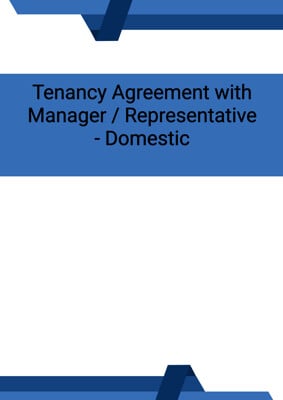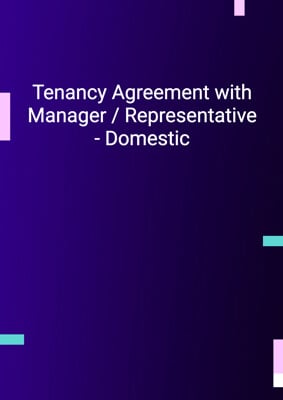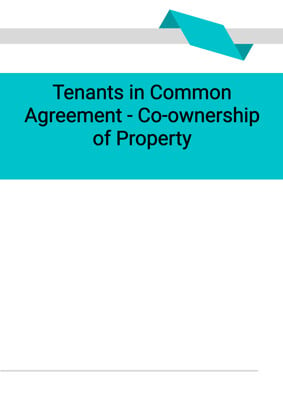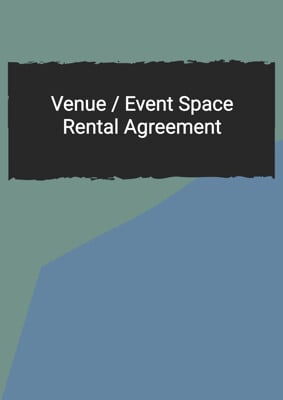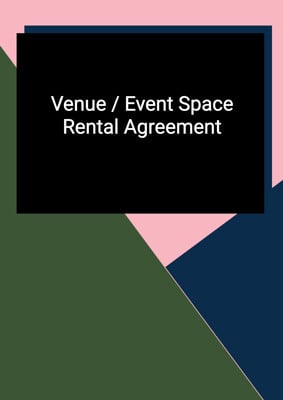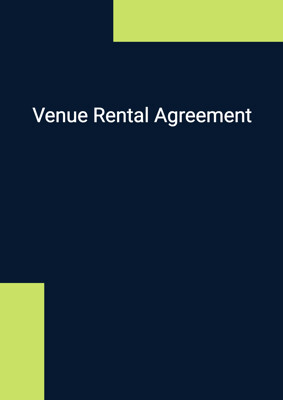
Lease with Manager / Representative - Domestic
Lessor
Lease of residential property with options on rent free period and early termination. A lease is generally over 3 years and in the form of a deed. The Lessor appoints a representative / manager to manage the property on its behalf. This is drafted in favour of the Lessor.
How to Tailor the Document for Your Need?
01
Create Document
Fill in the details of the parties. You can click the "Fill with Member’s Information" button to complete it with information saved to your account.
02
Fill Information
Please fill in any additional information by following the step-by-step guide on the left hand side of the preview document and click the "Next" button.
03
Get Document
When you are done, click the "Get Document" button and you can download the document in Word or PDF format.
04
Review Document
The document should be signed by the authorised signatory (or directors of a company) and witnessed to complete the formality.
Document Preview
Document Description
This document is a lease agreement between the lessor (Party 1), the lessee (Party 2), and the representative (Party 3). The document outlines the terms and conditions of the lease, including the lease period, rent, and responsibilities of both parties. The lease is for residential purposes and includes the premises and any furniture, fixtures, fittings, and equipment within the premises. The lease term is defined, and there is an option for termination after a specified period. The lessee is entitled to a rent-free period under certain conditions. The rent is payable on a periodic basis, and the lessee is responsible for paying charges for water, electricity, gas, telephone, and other outgoings. The lessee must pay the rent on time and may be subject to daily interest if payment is delayed. A security deposit is required, and the lessee may be entitled to a refund upon the expiration of the lease. The lessee has various responsibilities, including maintaining the premises, indemnifying the lessor for any damage caused, and complying with laws and regulations. The lessor is responsible for ensuring the legality of the premises and maintaining the structural parts. The document also includes restrictions and prohibitions for the lessee, such as not subletting or assigning the premises and not causing any breach of the government lease. The lease can be terminated if the lessee fails to make payments or breaches the terms of the agreement. The document includes provisions for notices and service, exclusions of liability for the lessor, and miscellaneous clauses. The schedule lists the furniture and electrical appliances included in the lease, as well as any additional renovations agreed upon.
How to use this document?
1. Review the lease agreement carefully, paying attention to the terms and conditions, lease period, rent, and responsibilities of both parties.
2. Ensure that the premises and any included furniture, fixtures, fittings, and equipment are in clean and tenantable condition.
3. Make sure to pay the rent on time and in full, including any charges for water, electricity, gas, telephone, and other outgoings.
4. Comply with all laws, regulations, and rules, and observe the covenants and conditions of the deed of mutual covenant.
5. Maintain the interior of the premises in good and tenantable repair and condition, and deliver vacant possession of the premises at the expiration or termination of the lease.
6. Indemnify the lessor for any loss or damage caused by negligent acts or omissions.
7. Allow the lessor to enter and inspect the premises upon reasonable notice and to carry out necessary repairs and maintenance.
8. Do not make any alterations or additions to the premises without the prior written consent of the lessor.
9. Pay the security deposit within the specified timeframe and understand the conditions for its refund.
10. Comply with the restrictions and prohibitions listed in the lease, including not subletting or assigning the premises and not causing any breach of the government lease.
11. Notify the lessor of any damage or unsafe conditions in the premises and allow for inspections and repairs.
12. Understand that the lessor is not liable for certain events, such as malfunctions or breakdowns of lifts, air-conditioning, utilities, fire, or water overflow.
13. Keep personal property at the premises at your own risk and obtain appropriate insurance.
14. Follow the procedures for termination of the lease, including giving notice and delivering vacant possession of the premises.
15. If any disputes arise, try to resolve them amicably and in good faith. If necessary, seek legal advice and understand the jurisdiction and laws applicable to the lease agreement.
Not the right document?
Don’t worry, we have thousands of documents for you to choose from:
